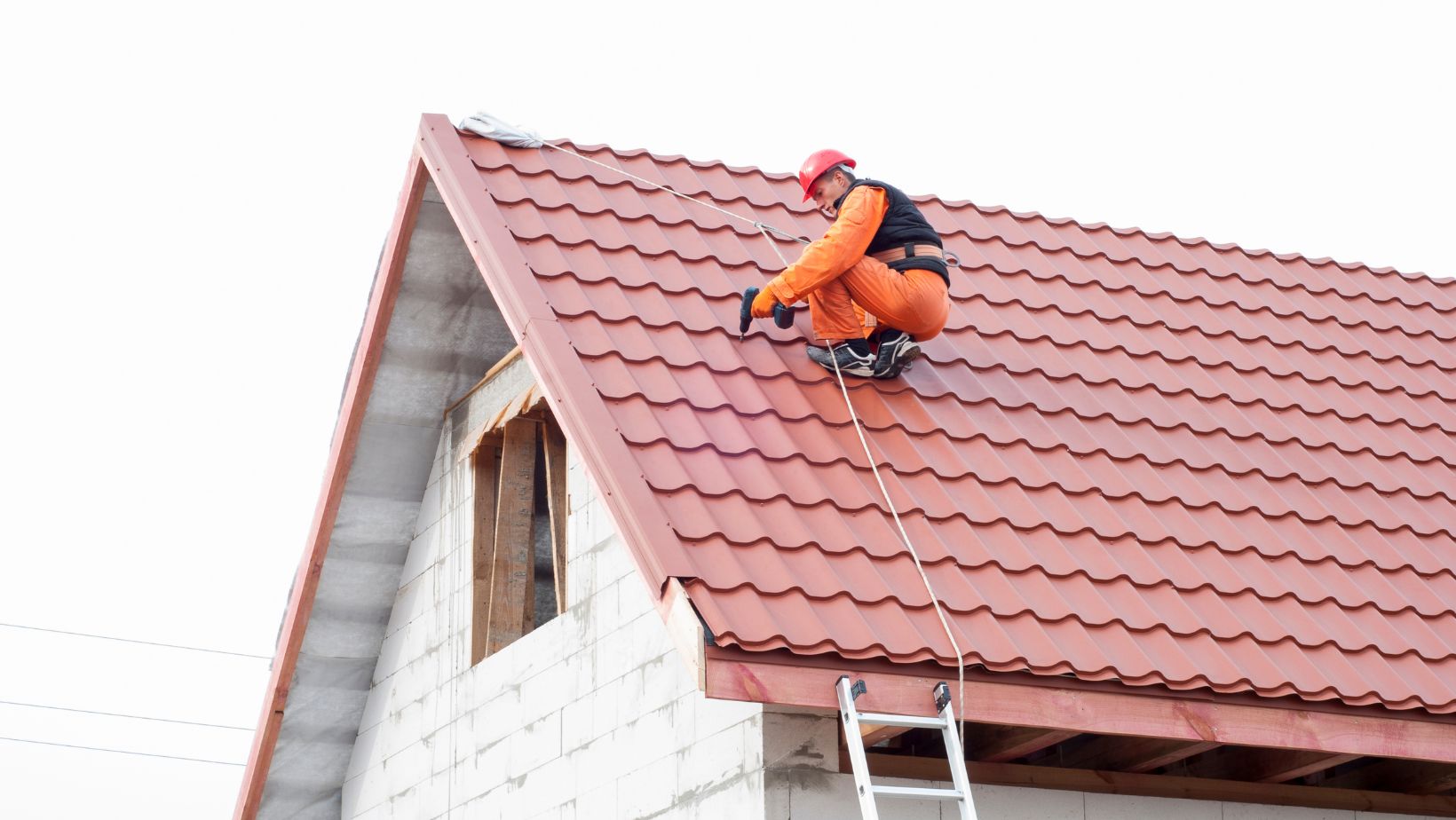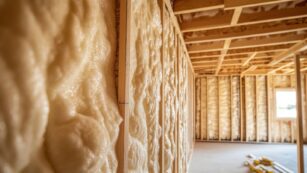
In the quest for a more sustainable and cost-effective home, energy efficiency is a top priority for many homeowners. One of the most impactful ways to enhance a home’s energy efficiency is through smart roofing choices. Roofing is about protecting a home from the elements and harnessing those elements to benefit the interior environment.
This article explores various sun roofing techniques and materials that can significantly improve your home’s energy efficiency.
The Role Of Roofing In Energy Efficiency
Before tackling the different roofing techniques, it’s essential to understand the role of roofing in energy efficiency. Typically, the roof is one of the largest exposed surfaces of a house and plays a crucial role in the thermal performance of a building. The choice of roofing material and the quality of installation can directly affect how much heat is absorbed or reflected, which in turn impacts the heating and cooling costs. In this case, effective roofing solutions can help reduce the energy demand of a building, thus providing both economic and environmental benefits.
Additionally, if you’re living in one of the sun-intensive areas, choosing the right roofing company is crucial. For instance, reliable providers like Desert Sun Roofing can help optimize roofing to withstand and leverage harsh weather conditions while enhancing energy efficiency. They also offer expert advice and installation services tailored to energy-saving needs.
Sun Roofing Strategies And Techniques To Enhance Energy-Efficiency
Sun roofing techniques are essential for enhancing energy efficiency in homes. Below are some effective strategies for optimizing your roof’s energy performance, which ensure long-term benefits and sustainability.
Roof Coatings: Reflectivity And Insulation
One effective way to enhance a roof’s energy efficiency is through the application of roof coatings.

These coatings are designed to reflect more sunlight and absorb less heat than standard roofs. Also, some materials commonly used for reflective roof coatings include acrylics, silicones, and polyurethane, each with its own set of benefits regarding durability, water resistance, and reflectivity.
Reflective Paints
Reflective paints are a type of roof coating that significantly increases the roof’s solar reflectance. By reflecting more of the sun’s rays, these paints can help maintain lower roof temperatures, reducing the heat transferred into the building. This is particularly beneficial during hot summer months, as it can decrease air conditioning needs and lower energy bills.
Insulating Coatings
Apart from reflective properties, some coatings also provide additional insulation, which helps keep heat out during summer and retain warmth during colder months. These coatings are applied like paint and can be an affordable way to upgrade the energy performance of existing roofs without the need for a complete overhaul.
Choosing The Right Materials
The material of the roof also plays a pivotal role in energy conservation. Here are a few roofing materials that are known for their energy-efficient properties:
- Metal Roofing: Metal roofs are highly reflective and can re-emit as much as 90% of absorbed solar radiation. This quality makes them an excellent choice for homes in both hot and cold climates. Additionally, metal roofs are durable, long-lasting, and can be recycled, which makes them an eco-friendly option.
- Clay And Slate Tiles: Clay and slate tiles have natural thermal resistance due to their composition and installation. This creates natural air ventilation that acts as a thermal barrier for the roof. While they can be more expensive upfront, their longevity and durability offer long-term savings and reduced energy costs.
- Green Roofing: Green roofs are visually appealing and environmentally beneficial. They involve growing vegetation on the roof, which helps insulate the building, manage stormwater, and reduce heat absorption. This roofing type is particularly popular in urban environments where reducing urban heat islands is crucial.
Regular Maintenance And Inspections
Maintaining optimal energy efficiency in roofing systems demands regular maintenance and thorough inspections. Over time, even minor defects such as small cracks or leaks can drastically affect your home’s thermal efficiency. These seemingly insignificant issues can cause significant heat loss or gain and compromise the roof’s primary insulation function. Consequently, it’s crucial to proactively schedule regular inspections to detect and address these issues early.

Furthermore, to ensure that a roofing system remains in optimal condition and retains its energy-efficient characteristics, you should adhere to a maintenance checklist that includes:
- Biannual Inspections: Conduct inspections at least twice a year, typically in spring and fall, to prepare for the extreme summer and winter weather.
- Debris Removal: Keep the roof free of debris like leaves, twigs, and other elements that can trap moisture or cause physical damage.
- Gutter Cleaning: Ensure gutters and downspouts are clear to prevent water accumulation and potential damage.
- Surface Checks: Look for signs of surface wear, such as blistering or peeling paint, which can indicate underlying issues.
- Sealant and Flashing Checks: Regularly check and repair sealants and flashings around vents and chimneys, as these areas are prone to leaks.
By following these steps, you can significantly extend the life of their roof and enhance its ability to contribute to overall energy efficiency.
Conclusion
Enhancing your home’s energy efficiency through roofing involves carefully considering materials, regular maintenance, and innovative technologies like roof coatings. By keeping the information mentioned above in mind, you can enjoy reduced energy bills, a more comfortable living environment, and a decreased environmental footprint. Whether upgrading an existing roof or installing a new one, the benefits of investing in energy-efficient roofing are substantial and long-lasting.












